Quite spectacular plant spathiphyllum (Spathiphyllum) is a representative of the Aroid family. This genus unites approximately 45 species. In nature, such a plant can be found in the tropical forests of Brazil, Colombia and Venezuela, as well as on the Philippine island. The name of the genus is derived from the Greek words "spata" and "phillum", which respectively translate as "veil" and "leaf".
Content
- 1 Features of spathiphyllum
- 2 Brief description of cultivation
- 3 Spathiphyllum care at home
- 4 Reproduction methods
- 5 Possible problems
- 6 Types of spathiphyllum with photos and names
- 6.1 Spathiphyllum cannifolium (Spathiphyllum cannifolium)
- 6.2 Spathiphyllum spoon-shaped (Spathiphyllum cochlearispathum)
- 6.3 Spathiphyllum profusely flowering (Spathiphyllum floribundum)
- 6.4 Spathiphyllum adorable (Spathiphyllum blandum)
- 6.5 Wallis Spathiphyllum (Spathiphyllum wallisii)
- 6.6 Spathiphyllum heliconiifolium (Spathiphyllum heliconiifolium)
Features of spathiphyllum
The genus Spathiphyllum includes perennials that are stemless. Their leaf plates grow from the very root and can be oval or lanceolate. In spring time, flowering begins, an inflorescence appears on the bush, which is an ear covered with a blanket. When the bush has faded, cut the stem as low as possible.
Such a plant is very popular with flower growers, because during cultivation in indoor conditions, it is undemanding in care. It also has decorative leaf plates, which also contributed to its high popularity. Although this flower is considered unpretentious, in order for it to grow and develop normally, it must be watered abundantly, and also maintain high humidity in the room.
Brief description of cultivation
- Bloom... It is observed in April – July.
- Illumination... Needs lots of bright sunlight.
- Temperature regime... In the spring-summer period - about 22 degrees (not lower than 18 degrees), in winter - 16-18 degrees (not lower than 10 degrees).
- Watering... During the growing season, watering is carried out immediately after the top layer of the substrate in the container dries out by 10-15 mm. In winter, watering should be more scarce and less frequent, but it is impossible to allow the clod of earth in the pot to dry out.
- Air humidity... It should be tall. It is recommended to install a pot with a bush on wet expanded clay, which is poured into a pallet, and spathiphyllum must be systematically moistened from a sprayer. When buds form on it, spraying will need to be carried out extremely carefully so that drops of water do not fall on them.
- Fertilizer... During the growing season, feeding is carried out 1 time in 7 days, using for this a complex mineral fertilizer (1/2 of the dosage indicated on the package) or mullein solution. In winter, the amount of dressing is reduced to 1 time in 30 days.
- Dormant period... It starts in October and ends in January.
- Transfer... In springtime, but only if necessary, or rather, when the roots become too crowded in the pot.
- Soil mixture... Humus, peat, river sand, and sod and deciduous soil. All components are taken in equal proportions.
- Reproduction... Dividing the bush and cuttings.
- Harmful insects... Spider mites, mealybugs and aphids.
- Diseases... If water stagnates in the substrate, then brownish-yellow spots form on the foliage. And if there is excessively dry air in the room, then the foliage will lose its decorative effect. Another flower reacts negatively to excess or lack of nutrients.
Spathiphyllum care at home
Illumination
When growing spathiphyllum at home, it is recommended to choose a south-facing window for it. Experts advise protecting it from direct sunlight. The fact is that if the flower grows in diffused light, then it will bloom much longer, and the bush itself will be larger. If you grow it in shade, then its foliage will become elongated and turn dark green. It also has a detrimental effect on flowering, which may not come at all.
Temperature regime
In the spring-summer period, the air temperature in the room should not be lower than 18 degrees, but it is best if it stays around 22 degrees. In the cold season, make sure that the room is not colder than 16 degrees, otherwise the development of the bush will slow down. When the air temperature drops to 10 degrees and below, rot may appear on the flower, which leads to its death. Drafts can also destroy the plant.
Watering
Throughout the year, only well-settled water is used for irrigation (should stand at least 24 hours). In spring and summer, and throughout the entire flowering period, watering should be abundant, and it is carried out two days after the top layer of the soil dries out. In winter, watering is reduced, but the substrate in the pot should not dry out. Due to stagnant liquid in the soil mixture, the plant may die. If a flower needs water, then its foliage wilts, and when watering is excessively abundant, spots of a dark color appear on their surface.
Moisturizing
When grown in indoor conditions, the culture needs systematic spraying. To maintain high air humidity, it is recommended to pour wet pebbles or expanded clay into the pallet, and install a container with a flower on top. In the summertime, you can arrange a warm shower. Please note that even if the flower is systematically moistened with a spray bottle twice a day, the tips of its leaf plates can still dry out. When the bush is in bloom, while it is wetting, make sure that moisture does not get on the bedspread and the cob.
If you maintain optimal humidity in the room, then in the period from the second half of autumn to mid-winter, flowers appear on the bush, despite the dormant period.
Top dressing
From early spring to September, the plant will need regular fertilizing with mineral fertilizers. In this case, the nutrient solution should be of low concentration (per liter of water from 1 to 1.5 grams of fertilizer). Spathiphyllum responds well to the alternation of fertilizing with mineral fertilizers and mullein solution (4–6%). Before and after fertilization, the bush will need abundant watering.
In winter, feeding is carried out only if there are flowers on the bush, while they should be rare (1 time in 4 weeks). Remember that if there are too many nutrients in the substrate, brown specks may form on the foliage.
Spathiphyllum transplant
The transplant is carried out only when the root system of the plant becomes very crowded in the container. Spring time is ideal for this. This procedure must be carried out very carefully so as not to injure the roots.A soil mixture suitable for transplantation consists of deciduous and sod soil, as well as humus, peat and river sand, which are taken in equal proportions. And for this purpose, a substrate consisting of humus and a small amount of small pieces of brick and charcoal is suitable. The new container should be very slightly larger than the old one, and do not forget to make a good drainage layer on its bottom before planting. In order for the plant to adapt and take root much faster after transplantation, it is necessary to increase the frequency of humidification from the sprayer, as well as provide it with warmth and moderate watering. It is best to cover the flower with foil for this time, while remembering to air it twice a day.


Watch this video on YouTube
Reproduction methods
Reproduction of spathiphyllum by cuttings
It is recommended to use moistened sand for rooting cuttings of spathiphyllum. They need warmth (at least 22 degrees). After the cuttings have grown roots, they are planted in individual pots filled with a soil mixture consisting of leafy, peat and turf soil, and also sand (2: 2: 1: 1).
Reproduction of spathiphyllum by division
During transplantation in spring, if desired, the flower is propagated by dividing the root. Young points of growth are formed at the shortened stem, and new leaf plates appear from them. If necessary, divide the root into several parts, while each division should have 2 or 3 leaf plates and one growth point. The division is carried out in warmth (approximately 21 degrees). For planting delenok, pots are used, reaching 15 centimeters in diameter, as well as a soil mixture consisting of peat, sand, humus and leafy soil (2: 1: 2: 2), and you also need to add a few pieces of brick, charcoal and bark to it ... You can also use a substrate of coniferous and leafy soil, peat, sand and humus (2: 2: 2: 1: 2). And a soil mixture of leaf, peat, coniferous and humus soil, as well as sand (2: 4: 1: 1: 1) is also suitable. It is recommended to add a small amount of charcoal to it.
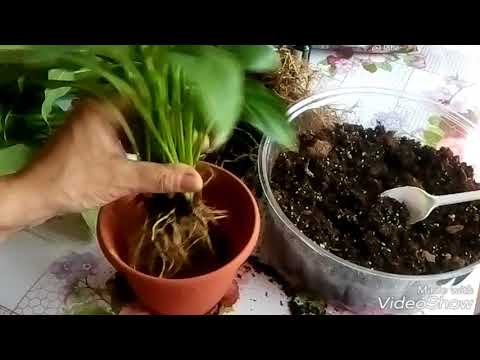

Watch this video on YouTube
Possible problems
Spathiphyllum does not bloom
There are several reasons for this. Flowering problems are usually associated with low maintenance temperatures and insufficient humidity. Spathiphyllum will not bloom if it is not fed with mineral and organic fertilizers. In addition, old spathiphyllums rarely bloom.
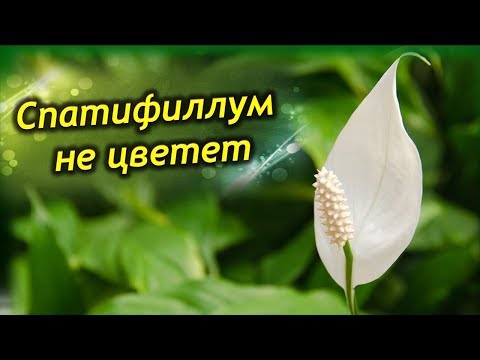

Watch this video on YouTube
Leaves turn black
Blackness on the leaves indicates the death of the root system. Most often, this problem is associated with improper watering. Leaves can turn black both with underfilling and overflow. Black leaves can also appear with a lack of phosphorus and nitrogen. Remember not to spray the plant in a cold room. To save the life of a flower, it should be removed from the pot and new roots removed, and then transplanted into a container with a new earthen substrate.
Leaves turned yellow
Dried and yellowed leaf tips indicate underfilling. To fix this problem, the plant needs to have a weekly bath. This procedure will help to cope not only with yellowness on the leaves, but also protect the flower from pests. If you haven't watered the plant for a long time, you can save it. But you should not immediately pour water on the flower. After soaking dry soil, the amount of water is gradually increased. Spathiphyllum can wilt even with insufficient moisture. In this case, spraying and wiping the leaves will help. The plant can be placed in a pallet with damp expanded clay. Also, yellowness may appear if the flower is attacked by pests.
Pests
The main pest for spathiphyllum is spider mite and aphids.To get rid of them, the plant should be wiped with a soapy solution with nicotine sulfate. Only when treating against parasites should the earthen cover be covered with a film, the liquid should not get into the soil. If you regularly wash and wipe the leaves of the plant with a damp sponge, you can forget about pests forever.
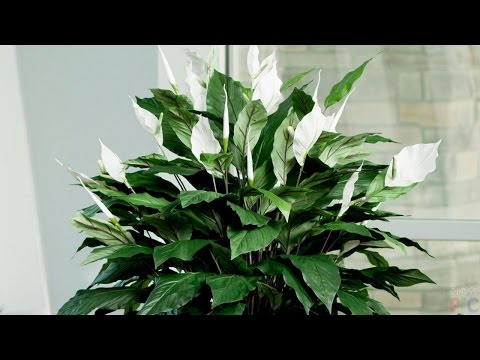

Watch this video on YouTube
Types of spathiphyllum with photos and names
Spathiphyllum cannifolium (Spathiphyllum cannifolium)
The birthplace of the flower is Venezuela and Thailand. The color of the ovoid leaves is deep green. A fragrant yellow-green ear is covered with a blanket of greenish-white color.
Spathiphyllum spoon-shaped (Spathiphyllum cochlearispathum)
In nature, the species is found in Brazil. The height of the bush is about 100 cm. Shiny, elongated lanceolate leaf plates of a dark green color are up to 0.4 m long and up to 0.2 m wide, their edge is wavy. The petiole is about 0.7 m long. The inflorescence is a white ear, which is covered with a long oval blanket.
Spathiphyllum profusely flowering (Spathiphyllum floribundum)
Originally view from Colombia. The height of the bush is about half a meter. The foliage is oval-lanceolate, about 12 centimeters wide and up to 25 centimeters long. The ear covers a white blanket.
Spathiphyllum adorable (Spathiphyllum blandum)
In nature, the species is found in tropical regions of America. Dark green leaf plates have an elongated-lanceolate shape and a bent tip. The ear covers a white-greenish veil. Since the veil of the flower is outwardly similar to the flag, the plant is also called flagolite. A flowering bush forms several inflorescences. Flowering is observed from the second half of April to early June.
Wallis Spathiphyllum (Spathiphyllum wallisii)
The native land of the species is the rainforests of Colombia. The height of the bush is about 0.3 m. The shape of the dark green foliage is oblong-lanceolate. The white ear is covered with a veil that is longer than it. The color of the bedspread changes from white to green. Perfect for indoor cultivation, it has lush and long flowering.
Spathiphyllum heliconiifolium (Spathiphyllum heliconiifolium)
In the wild, it is found in the tropical rainforests of Brazil. The height of the bush is about 100 cm.Dark green shiny leaf plates are up to 25 cm wide and up to 50 cm long, their shape is elongated-elliptical, slightly pointed at the top, the edge is wavy. The length of the petiole is slightly less than 100 cm. The inflorescence reaches a length of 10 centimeters, it is pochata, the color of which turns from white to almost black. The width of the oval bedspread is about 10 centimeters, and the length is up to 15 centimeters. Grows quite well in indoor conditions.
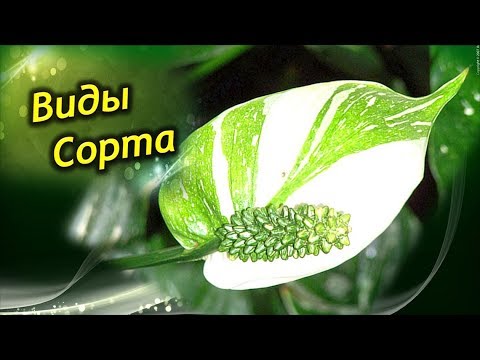

Watch this video on YouTube

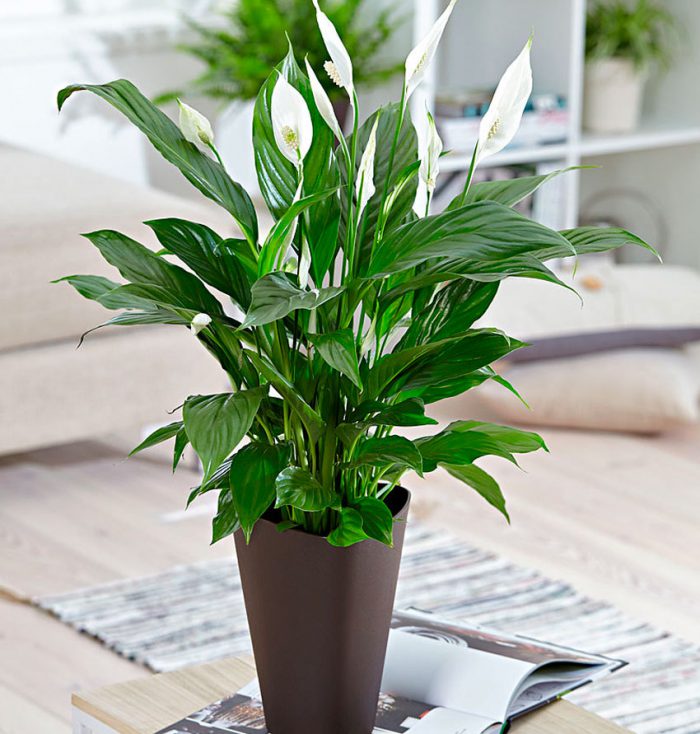
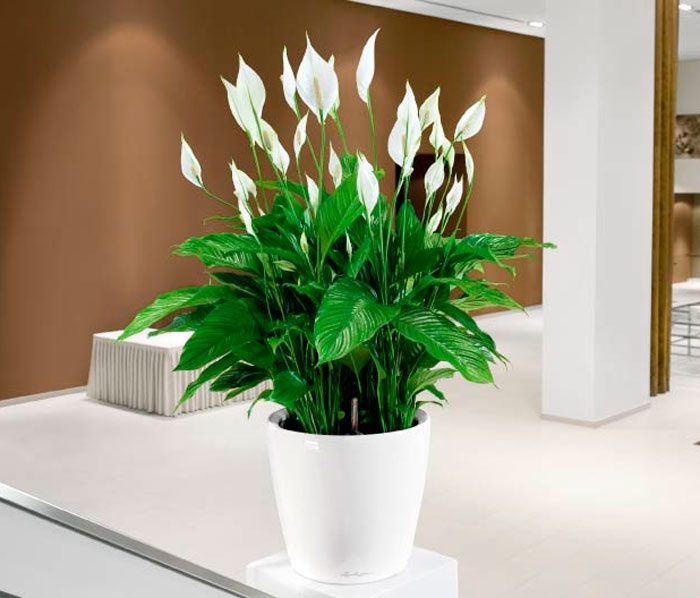
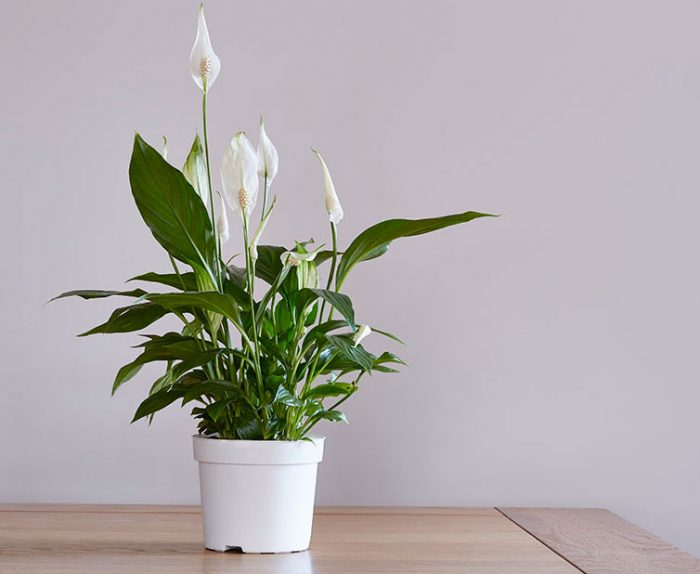
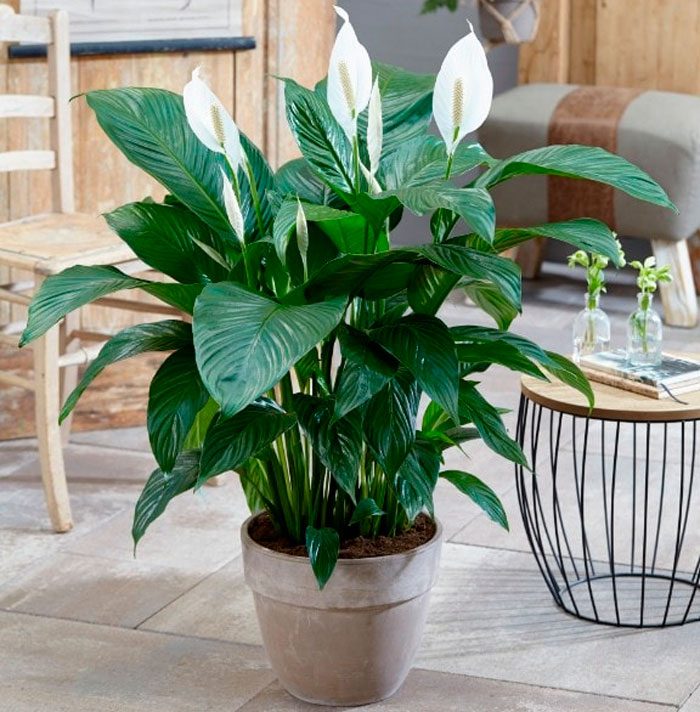
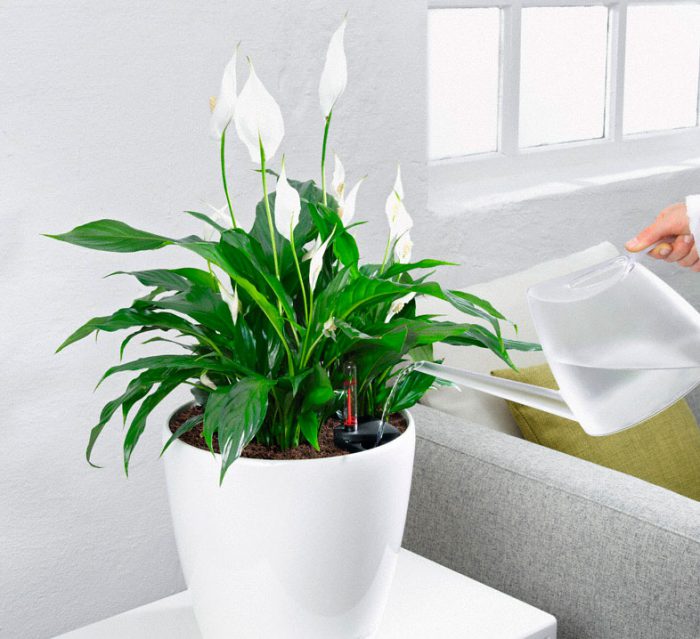


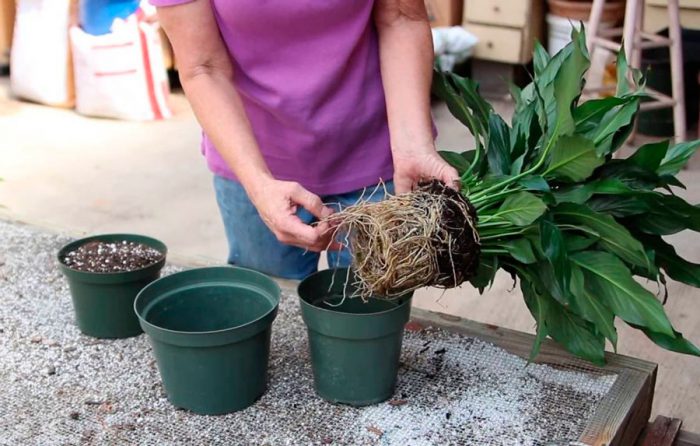
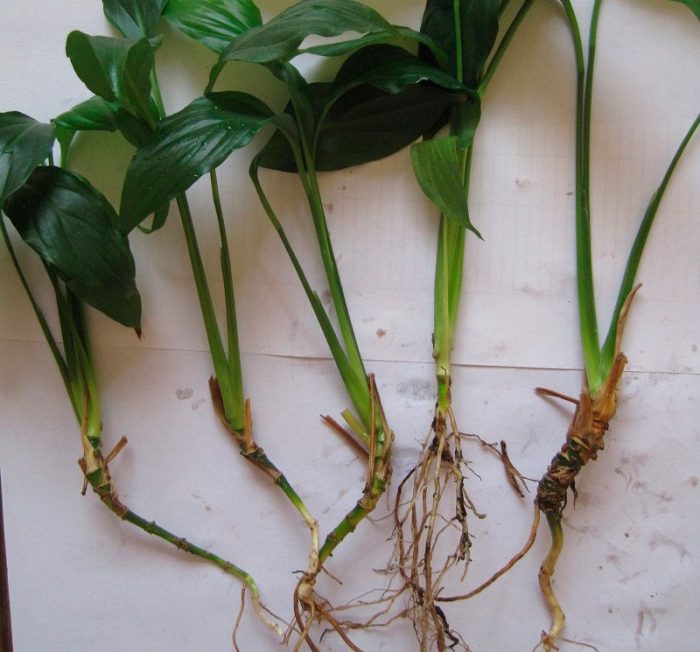

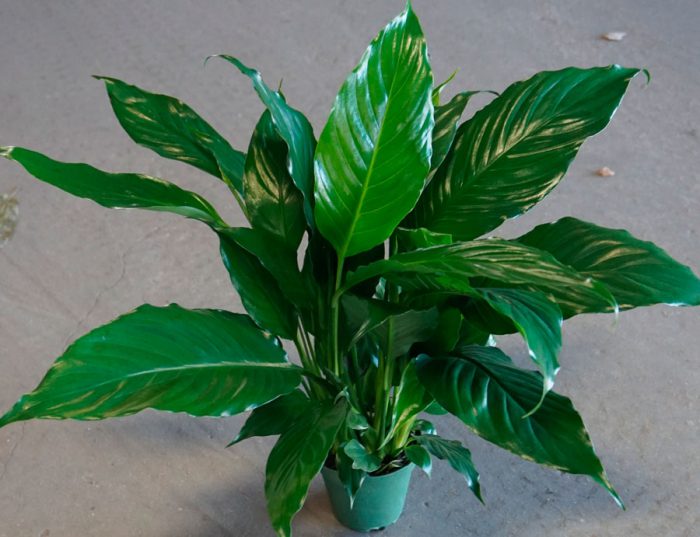
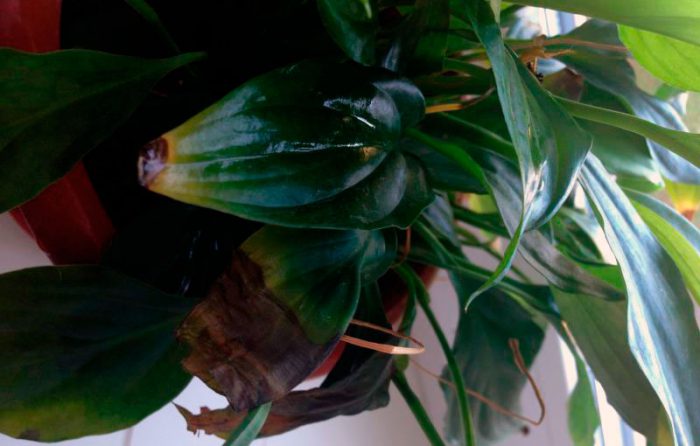

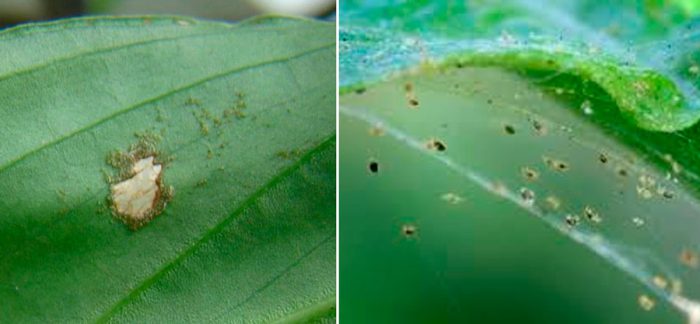
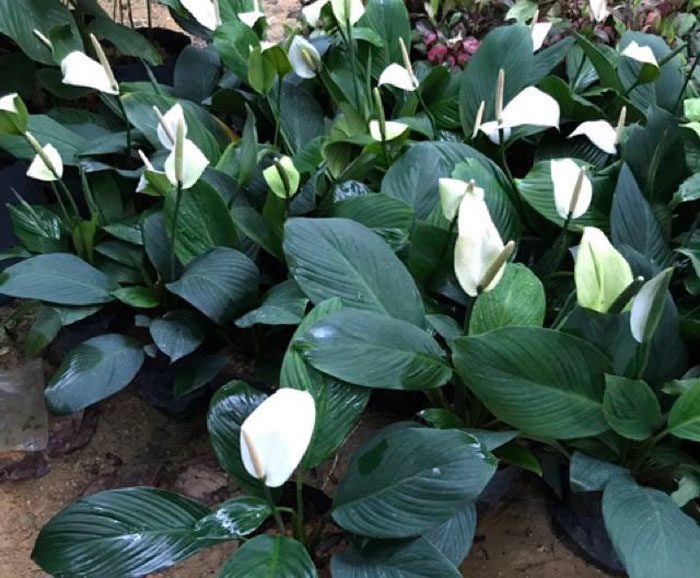
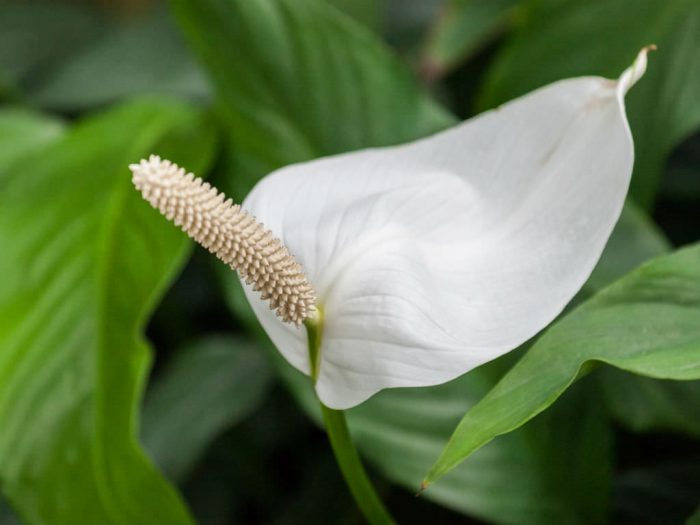
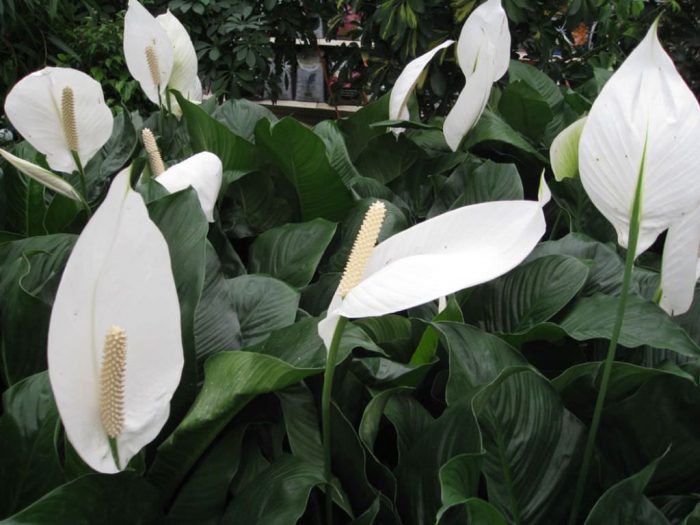
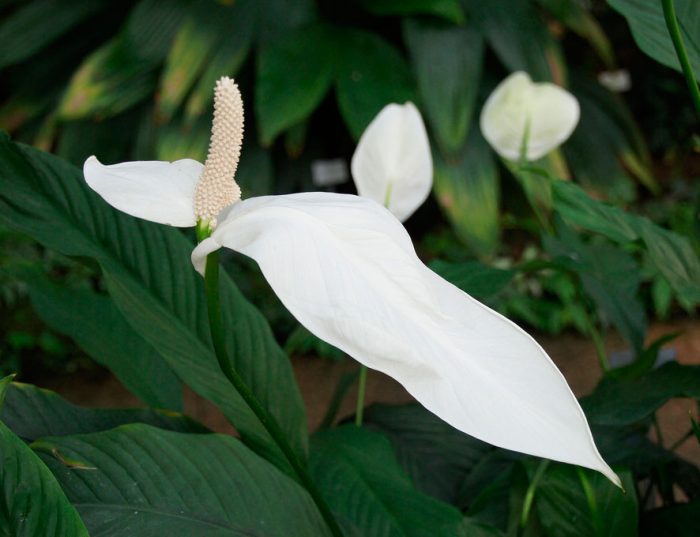
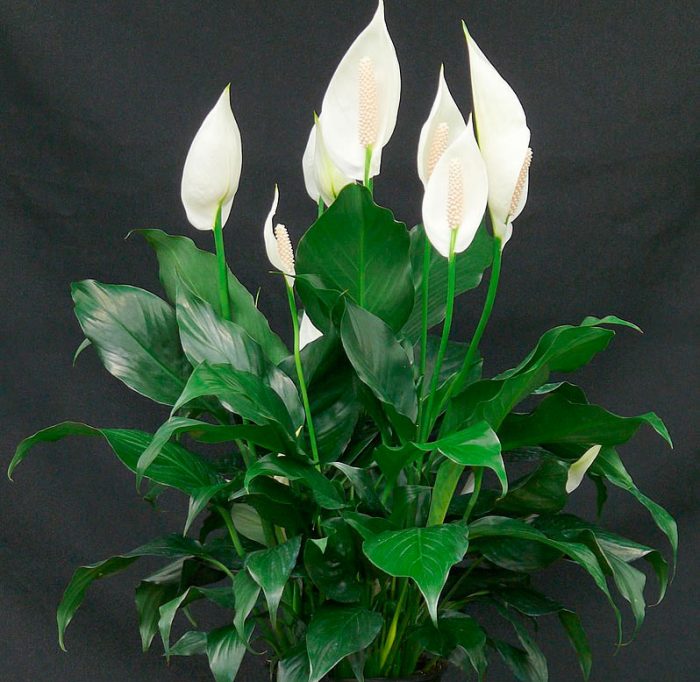





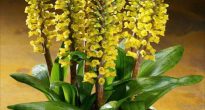

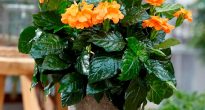
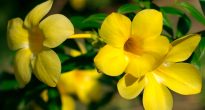
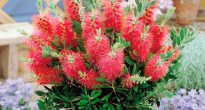

Hello. I decided to multiply the spathiphyllum ... I divided it into two flowers. Now the flower is dying., The leaves have wilted and do not rise at all. Tell me what to do
It will go away after a while, it's okay
The tips of the leaves turn black, I tried to water it in different ways and I spray mine under the shower, the main thing is that it bloomed at the same time. What am I doing wrong and how to get rid of the blackening tips
Hello, tell me, please, after the first white flowers, I began to throw out green flowers. What to do?
Good day! Tell me in the second photo, where a large spathiphyllium stands against the background of a brown wall, what kind is it? I want just this
Green flowers mean a lack of light.
Hello. In my spathiphyllum, one leaf turns yellow and dies off.One opens and one immediately turns yellow and falls asleep. What to do?
They presented a flower on September 13, put on a transplant or wait until spring. The flower has faded.
If the flower is very crowded (as usual, full-fledged flowers in small pots are given from the store), then re-engrave. The main thing at first is very good care, since it will be overloaded after transplantation, overloading is normal. Will just be a little sluggish at
Good evening! The flower has released 2 flowers, but they have not bloomed for a month and a half. Slowed down in general, leaves open for a long time. Big pot ???
I noticed in photos 2 and 5 some things in a pot, what is it? And one more question - I bought this beauty, I took it out of the package, and there the roots stick out from the bottom of the pot, so it is necessary to transplant?
Good day! I have had this plant for a long time. I periodically transplant it into a large container. It produces only one or two flowers per year. I wanted to rejuvenate it, but I cannot separate part of the root, as the roots are very intertwined. Can buy a new plant altogether. What can you tell me in such a situation?